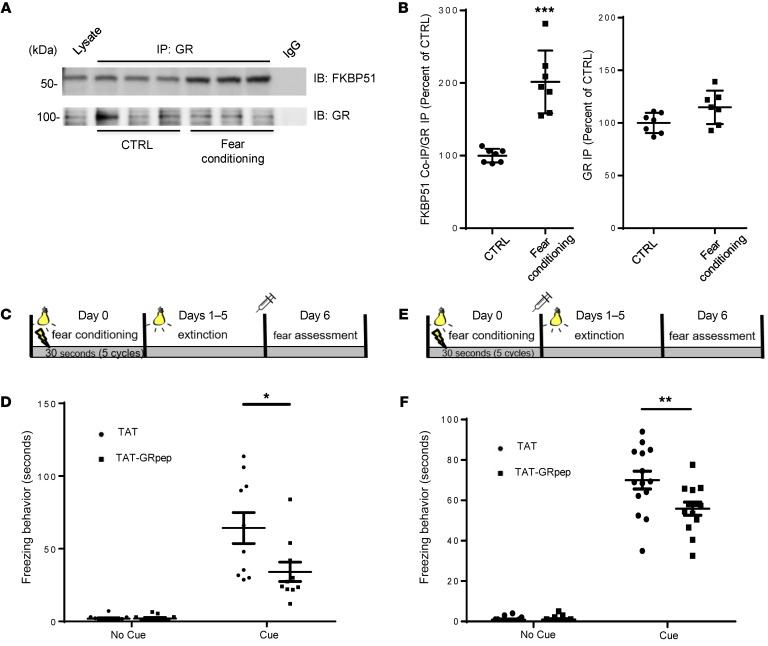Figure 2. Systemic administration of TAT-GRpep reduces freezing behavior.
(A and B) GR-FKBP51 complex levels are significantly higher in brain tissues from fear-conditioned mice. Coimmunoprecipitation shows higher levels of the GR-FKBP51 complex in fear-conditioned mouse brain lysate as compared with control (CTRL) mice. (A) Representative Western blot of FKBP51 and GR precipitated by GR antibody. (B) Densitometric analysis of the levels of FKBP51 coimmunoprecipitated by GR antibody in brain lysate of control (CTRL) or fear-conditioned mice. The level of coimmunoprecipitated FKBP51 (FKBP51 Co-IP) was normalized after being divided by the level of precipitated GR (GR IP). Results for each sample are presented as the percentage of control (CTRL). ***P < 0.001 as compared with control samples, n = 7, t test. Data are shown as mean ± SEM. (C) A schematic illustration of the experimental schedule regarding data shown in D. (D) During the 3-minute habituation phase (absence of CS), the animals from both groups displayed a virtual absence of freezing behavior (P = NS). When cues were presented, however, animals in the treatment peptide group froze less than the control peptide (TAT) group (P < 0.05); n = 10. (E) A schematic illustration of the experimental schedule regarding data shown in F. (F) TAT-GRpep reduced cued freezing behavior in mice (P < 0.05); n = 14 (TAT) or n = 13 (TAT-GRpep).

